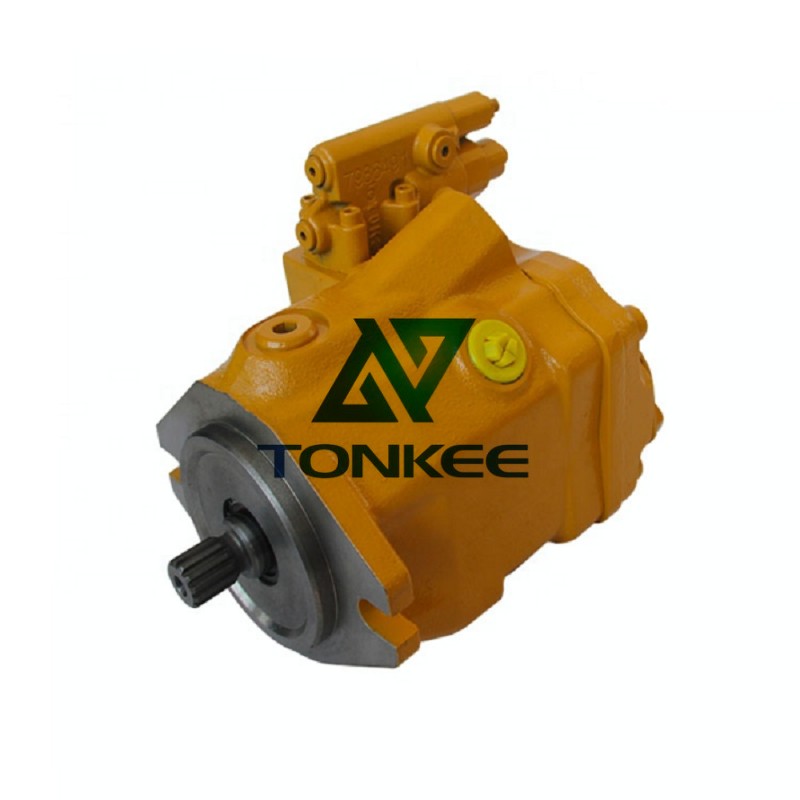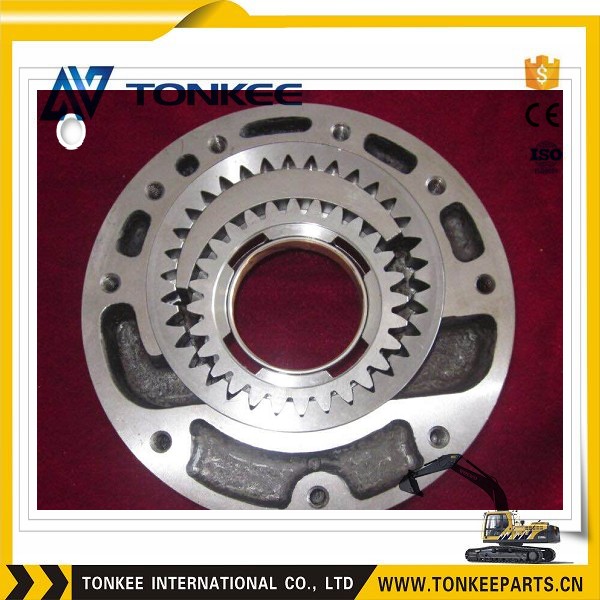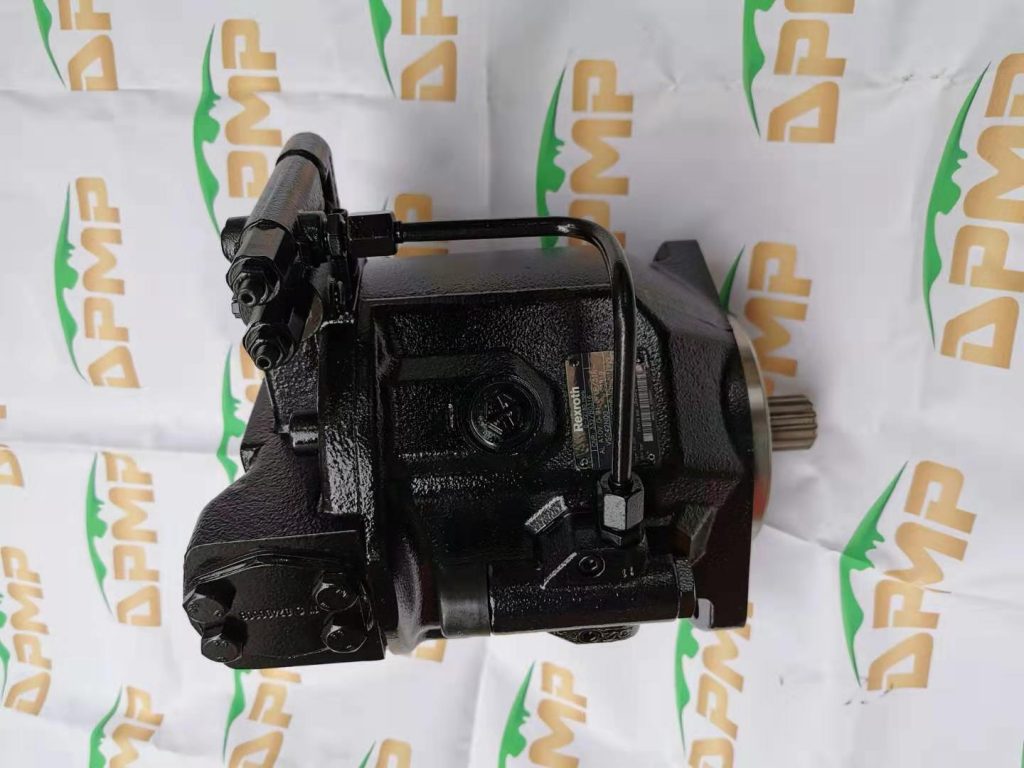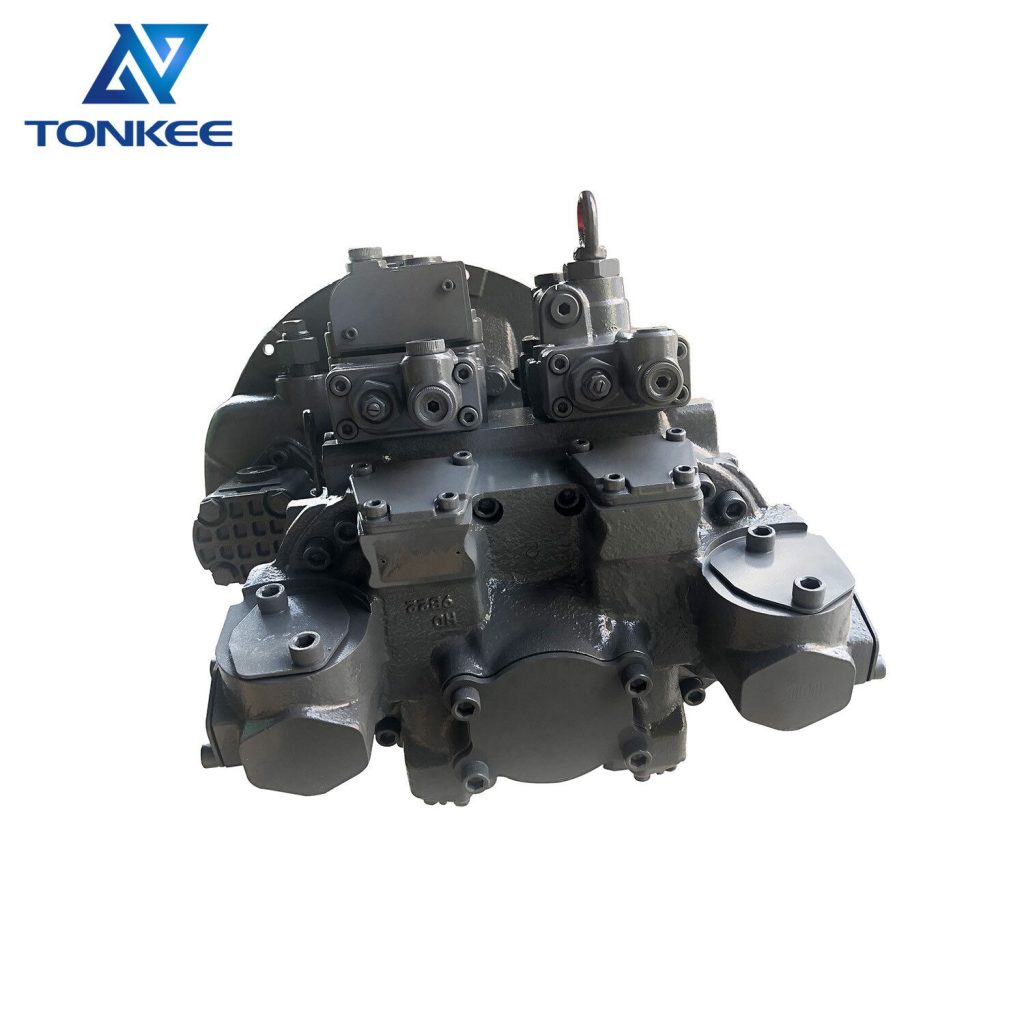
Piston pumps operate based on the principle of displacement.
They consist of a cylinder and a piston that moves back and forth within the cylinder. During the suction stroke, the piston moves away from the cylinder head, creating a low-pressure area, which allows fluid to be drawn into the cylinder. During the discharge stroke, the piston moves towards the cylinder head, compressing the fluid and forcing it out through a discharge port.
Components:
Cylinder: The cylinder is the main body of the piston pump, and it houses the piston. It can be made from materials such as stainless steel, cast iron, or aluminum, depending on the application and the type of fluid being handled.
Piston: The piston is a crucial component that moves back and forth within the cylinder. It is often made from materials like stainless steel or ceramics to withstand the abrasive and corrosive nature of some fluids.
Valves: Piston pumps typically include one or more check valves to control the direction of fluid flow. These valves prevent backflow and ensure that fluid is discharged in the desired direction.
Crankshaft: Some piston pumps use a crankshaft to convert rotary motion into reciprocating motion, which drives the piston's movement.
Specifications:
Piston pumps come in various sizes, designs, and specifications to suit different applications. Some key specifications to consider when selecting a piston pump include:
Flow Rate: This specification refers to the volume of fluid that the pump can deliver per unit of time, usually expressed in gallons per minute (GPM) or liters per minute (LPM). The flow rate is a critical parameter as it determines the pump's capacity.
Pressure Rating: The pressure rating of a piston pump indicates the maximum pressure it can generate.
This is typically measured in pounds per square inch (psi) or bars. It's essential to choose a pump with a pressure rating that meets or exceeds the requirements of the application.
Material Compatibility: The choice of materials for the pump's components should be compatible with the type of fluid being pumped. For corrosive or abrasive fluids, pumps may be constructed with materials like stainless steel or ceramics for enhanced durability.
Pump Type: Piston pumps come in various types, including axial piston pumps, radial piston pumps, and swashplate piston pumps. The type of pump chosen depends on the specific requirements of the application.
Drive Mechanism: Some piston pumps are driven by electric motors, while others may use hydraulic or pneumatic power sources. The choice of drive mechanism depends on the available power source and the application's requirements.
Sealing Mechanism: Piston pumps may utilize different sealing mechanisms, such as packing seals or mechanical seals. The choice of sealing method depends on the fluid's characteristics and the required level of containment.
Temperature Range: It's important to consider the temperature range within which the piston pump will operate. Some applications may require pumps designed to handle extreme temperatures.



 English
English Русский язык
Русский язык






